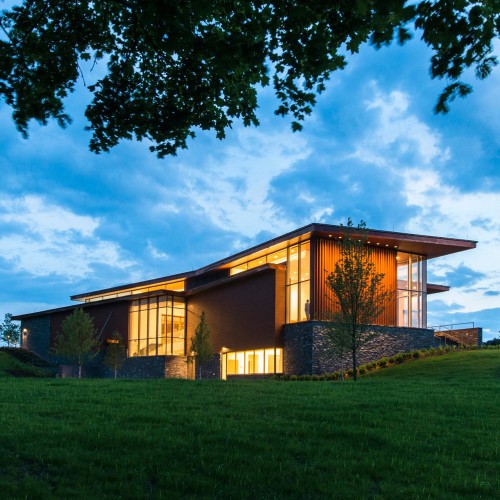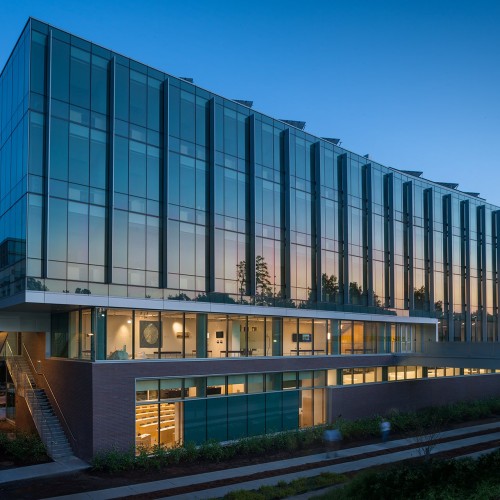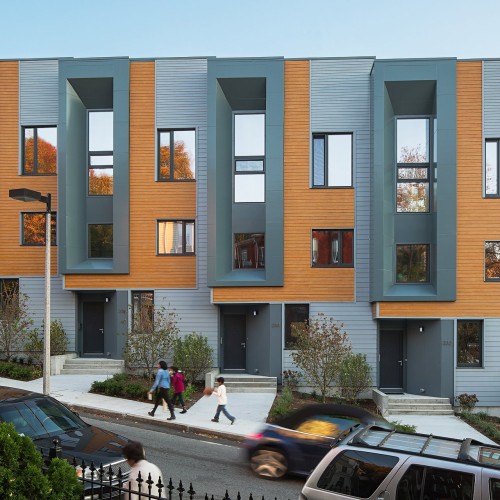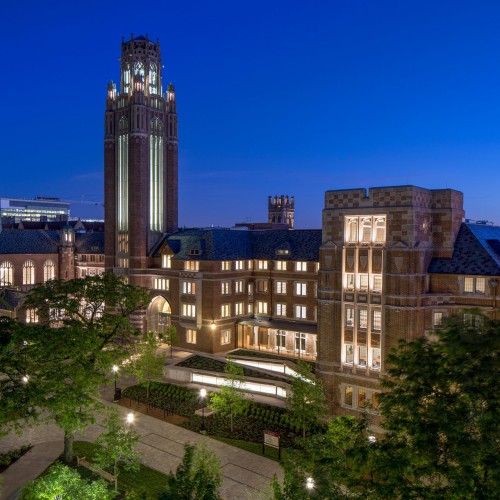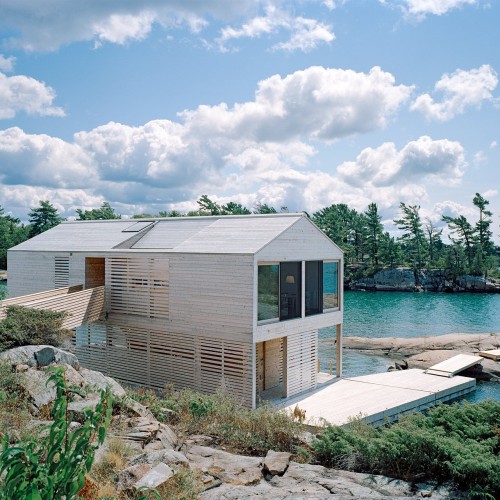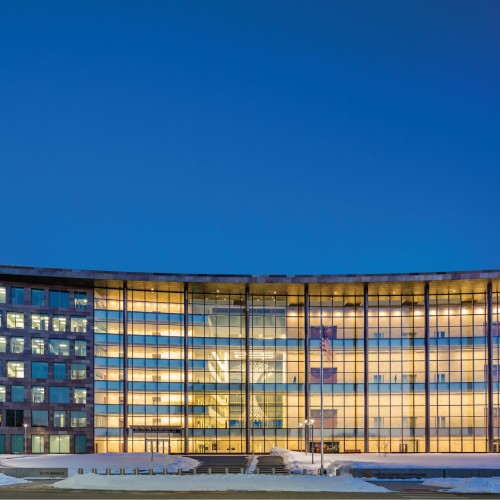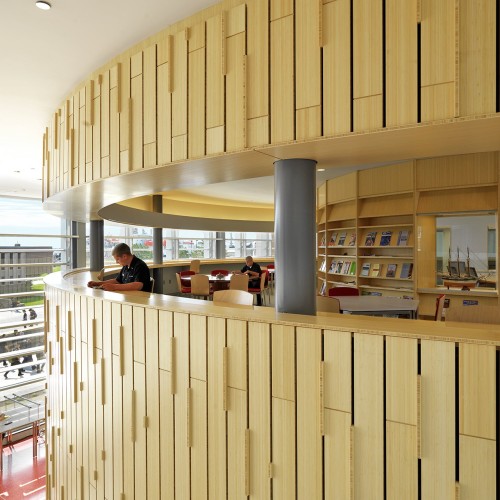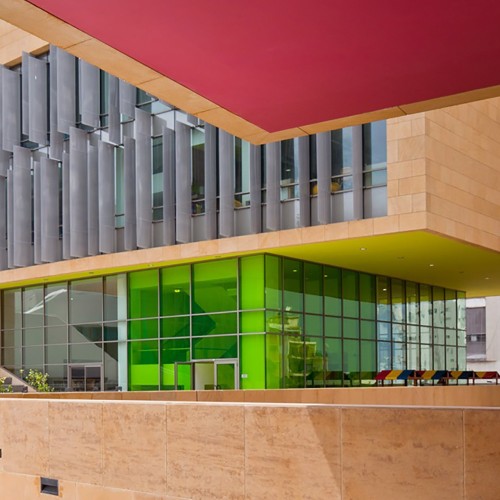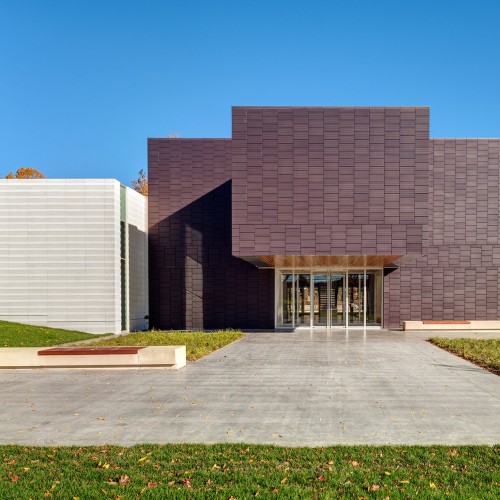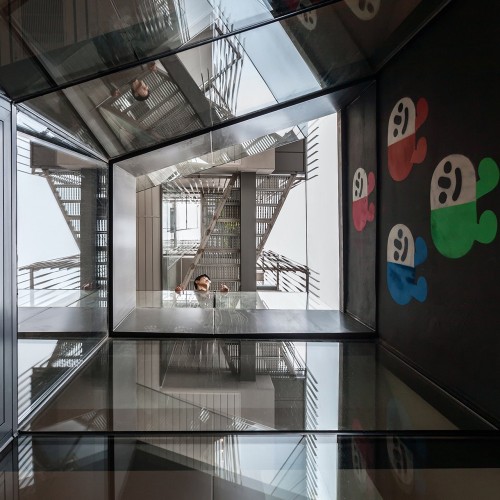The Jurors (from AIA Virginia)
Susan Piedmont-Palladino
professor of architecture, Virginia Tech, Washington-Alexandria Architecture Center
Stephen C. Wright AIA
vice president, managing principal, LEO A DALY
Peter D. Cook AIA
design director, Gensler
Joanna Schmickel AIA
principal, cox graae + spack architects
Janet Bloomberg AIA
partner and founder, KUBE architecture
Jury Overview
This year we saw 129 projects that were submitted by Massachusetts architects working anywhere in the world and architects from anywhere in the world working in Massachusetts. The sole criterion was design excellence.
Real diversity of building type was evident among the submissions. Most were very well done, though only a small number emerged as truly excellent. We were pleased to see so many projects representative of normally unloved building types such as data centers and parking garages.
To achieve design excellence, work must begin with a clear idea that is expressed throughout the finished project, down to its exquisite details. The design must fully express its program. Aesthetics are important. Buildings must be sustainable, but also executed in a beautiful way. Intelligent siting factors into excellence because it affects the way that buildings relate to the sun and water, and ultimately determines whether a structure demands more of the environment than it should. When a building does more than it is asked to do—improve the streetscape or elevate a community—we took note of that generosity. We appreciated cleverness, surprise elements, and unexpected twists, though “aha!” moments worked best within an overall context of straightforward design and clarity. Resourcefulness mattered, regardless of budget.
To future submitters to this program, we suggest telling your story through details and bullets that are associated with good images. Long descriptive paragraphs won’t help. To evaluate a building’s success, it’s vital that we understand the program and the client’s intent, so state the problem and the central design idea devised to solve it but be succinct. Clear and relevant diagrams will express much that more than a flurry of words.
The 13 projects that emerged as winners represent a wide range of building types, programs, and budgets. Creativity and innovation are present throughout the selections. They all represent excellence is ways that transcends personal preference. For a project to attain the honor level, its concept or “big idea” had to be unarguably expressed all the way down to finishes and details.
We were delighted at this opportunity to see such remarkable work from our New England colleagues and want to thank the Boston Society of Architects for the opportunity.


